The Maryland Zoo in Baltimore is thrilled to announce the birth of a female reticulated giraffe calf! Born on Monday, February 6, 2017, to four-year-old Juma (joo-ma) and eleven-year-old Caesar, this new calf is the first giraffe to be born at the Zoo in over 20 years. “We couldn’t be happier to welcome this beautiful calf to the Zoo family,” said Don Hutchinson, president/CEO of the Zoo. “She will bring a lot of excitement to the Giraffe House and make a wonderful addition to the herd.”
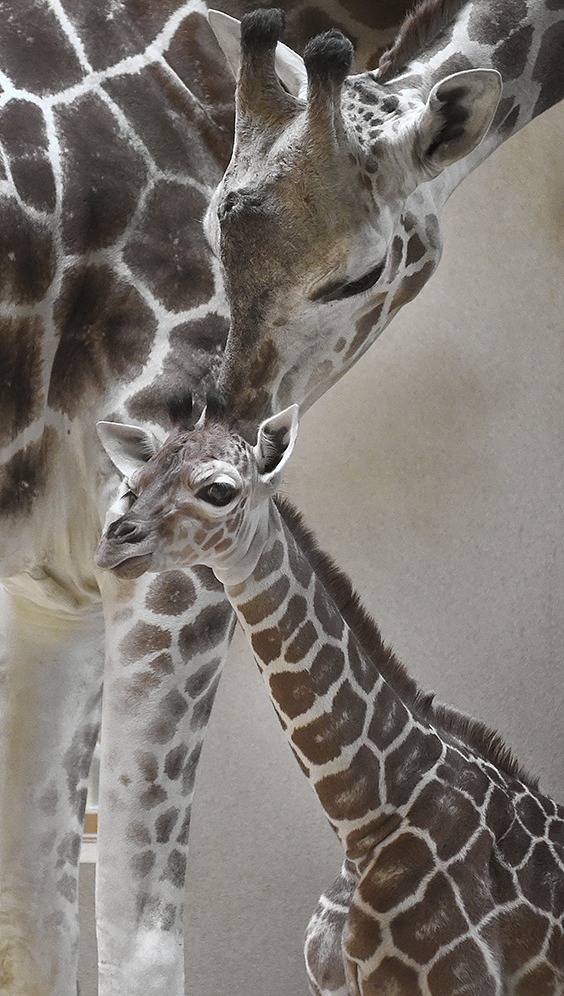
Juma went into labor at approximately 3:00 pm and the calf was born at 4:35 pm. “Standing is one of the first major milestones for a newborn giraffe, and she was able to fully stand on her own in just 50 minutes,” said Erin Cantwell, mammal collection and conservation manager. “It’s safe to say that we were all silently cheering her on and were very excited to see her up on four legs.”
“Juma is an amazing mother! Her instincts are on target,” continued Cantwell. “She is very attentive and has been very patient with the calf as she learns to nurse. Mother and calf are bonding well and appear to be settling into their new routine with ease. All the other giraffes are curious about this new addition, and it’s fun to watch them watching the calf.”
During her first veterinary exam, the calf was measured at 6’1” and weighed approximately 125 pounds. “Health-wise everything looks pretty perfect so far,” stated Samantha Sander, associate veterinarian. “All signs so far indicate we have a very healthy and strong female calf, and certainly an excellent mom.”
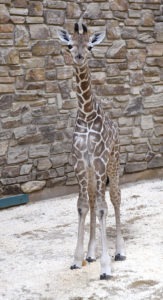
Reticulated giraffe (Giraffa camelopardalis reticulate) are one of nine recognized subspecies of giraffe. Easily the tallest species on the planet, the giraffe can browse on leaves that Africa’s other grazing herbivores can’t reach. Giraffe travel in loose, informal herds and can be found in eastern, central and southern Africa. They range across savannah, grasslands, and open woods in search of trees — especially their favorite, acacias — to feed upon. Sadly, the world-wide giraffe population has shrunk nearly 40 percent in just 30 years, and in 2016 all subspecies were put on the International Union for the Conservation of Nature’s (IUCN) “red list” of threatened and endangered species worldwide, calling them “vulnerable.”
Juma and her calf will not be immediately visible to Zoo guests. “We want to observe them and their interactions with the rest of the herd in a quiet setting for a little while longer,” concluded Cantwell. “Juma is a first-time mother and we want to ensure that we introduce her calf to the public in a way that keeps everyone comfortable and at ease.”

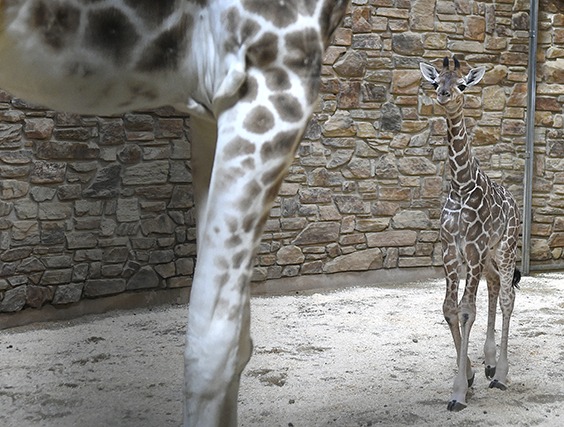
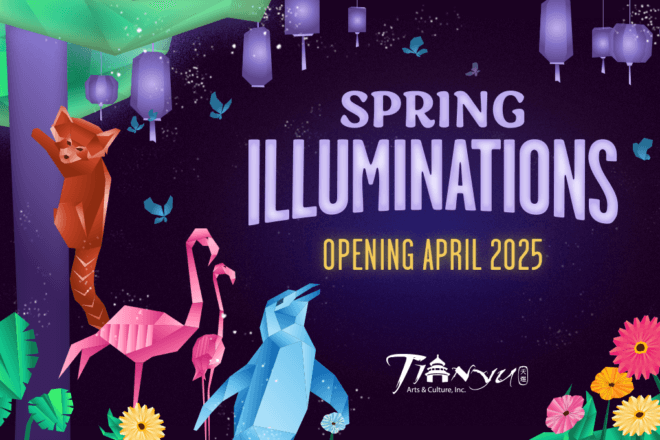
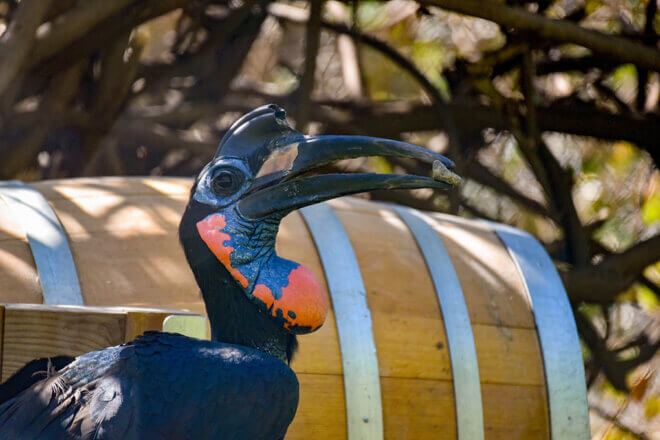
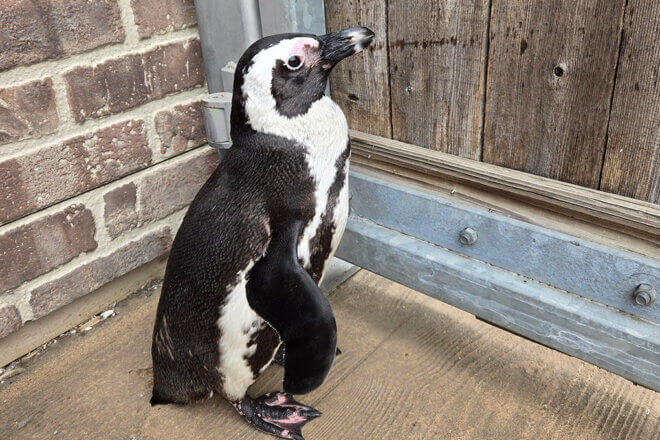
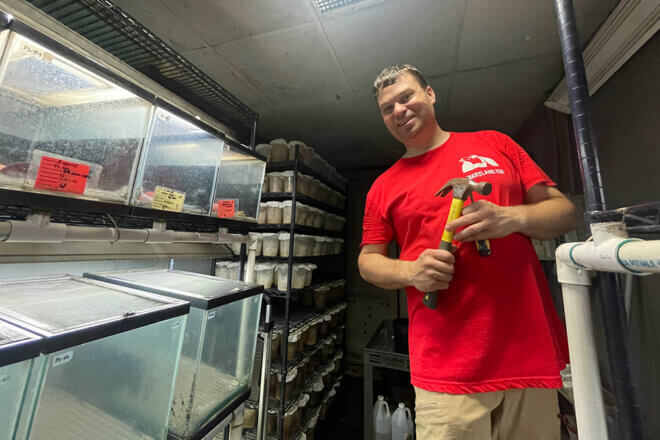
Share this article